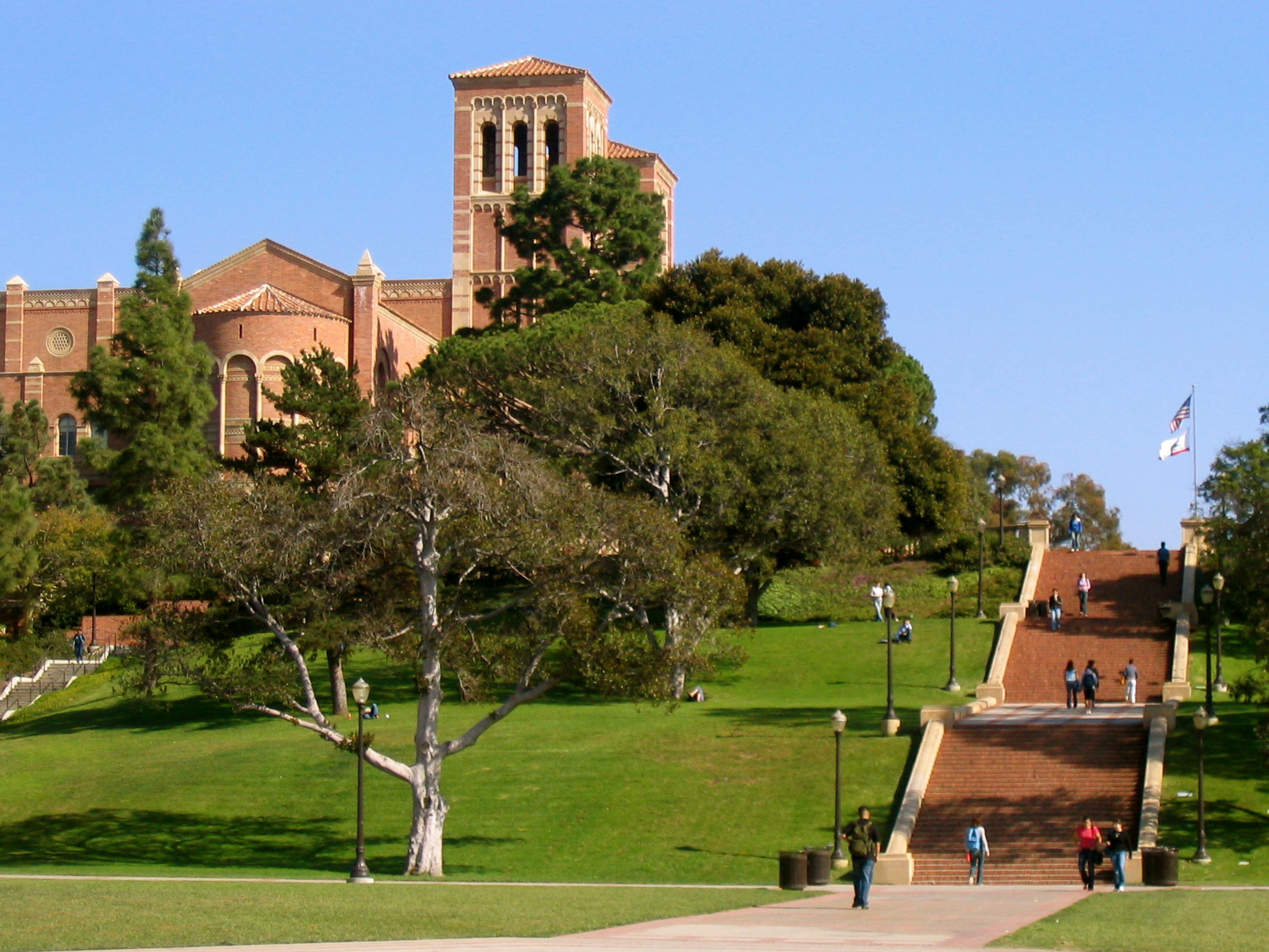UCLA Is Mobilizing Its Brains and Its Muscle to Make L.A. Energy and Water Independent
Can a university really help make its home city 100 percent independent on water and energy?
In Los Angeles, we’re going to find out. UCLA, where I’ve spent almost 50 years on the faculty of the business school, has issued a Grand Challenge: “achieving sustainability in energy and water while enhancing ecosystem health in Los Angeles County by 2050.” And more than 150 faculty members, researchers, and other scholars making up an entity called Sustainable LA Grand Challenge have committed to helping the university—and our city—succeed.
That is a huge goal. Today, the city of L.A. imports nearly 90 percent of its water, and the county imports more than half from distant sources. Renewable resources such as wind and solar provide less than one-quarter of the county’s electricity, and one-third of the city’s energy comes from coal plants. And climate change is already on its way to producing increases in temperatures, sea levels, and the frequency of wildfires in L.A.
My expertise is neither the environment nor energy, but in my research I’ve learned how information can be used to scale up businesses and how to structure networks of organizations to achieve goals. These are the principles I’ve used to design engagement models between universities and communities in other parts of the world.
When universities engage successfully, they create a nexus for partnerships of all kinds—between a university’s scholars and other academic institutions, government agencies, private-sector managers and innovators, tribal leaders, civil society organizations, and other entities that have the expertise, experience, and resources to complete the research and other projects necessary to reach a goal.
Such partnerships also need the active engagement of students. The advantage UCLA has is that its students, via capstone projects they undertake at the end of a course of study, are prepared to work in teams with outside partners to take on real-world problems. I have witnessed teams of MBA students partnering with Conservation International in analyzing the business ecosystem for ecotourism in Suriname, helping the Conservation Action Research Network support the World Bank Carbon Fund project in Cameroon for an area the size of Maine, and developing the shade coffee industry in Peru, business infrastructure in Kenya, and sustainable grazing in South Africa.
The state of California has identified such project-oriented experiences for students as a core strategy for improving economic development in California. And practically, there is no shortage of important questions that students can help answer that would serve regional goals of energy and water independence.
Just look at the questions addressed by projects UCLA seniors conduct via UCLA’s Institute of the Environment and Sustainability, in Los Angeles and the broader region. Do industrial poultry and livestock operations increase antibiotic resistance to critical drugs? How serious is the threat to California groundwater supplies posed by spills at hydraulic fracturing sites? How do we prevent bobcat and other free-ranging wildlife mortality from urban pest control poisons? Can spectral light be leveraged to reduce numbers of malarial insects, protecting millions through a simple shift in light-bulb type?
The hard question about such projects is: how do you scale these efforts to meet a goal as big as the Grand Challenge and to serve the growing appetite of students for these experiences?
One major ingredient is creating an intelligent information system that simplifies the creation of the parts of these efforts that are now laboriously custom-made—attracting partners and monitoring the progress, matching students to projects, facilitating their processes, communicating within projects and with relevant outside constituencies.
Such a system enhances communications within and between networks of students, faculty, project partners, and relevant outside audiences. It tracks elements that are central to project management, and archives results.
This is how a university engagement project can create the scale to make the necessary impact. Other ingredients to creating scale for these projects come from what we’ve learned about hypergrowth in high-technology markets. Geoffrey Moore, author of Inside the Tornado (1995), emphasized two basic components of hyper-growth: providing a whole-product solution (in other words, one entire product that solves the problem) and a compelling reason to buy the product.
In our context of the Sustainable LA Grand Challenge, this means creating student teams tailored to the specific needs for expertise and manpower to advance each project at each stage, organizing these action-research efforts on the teaching side of the university where overhead costs are smallest, and using information technology—specifically good project management—to allow projects to span across student teams as project needs migrate over time. Success will add to the challenges of the Grand Challenge; more than one million student hours per year at UCLA already go into capstone experiences, and student demand will increase when faced with opportunities as compelling as the Grand Challenge.
Once the information infrastructure is in place, we can transform more parts of the regular classroom education into the project-oriented learning the Grand Challenge needs and for which state educational officials have called. Survey research classes could help design the assessment instruments needed for many elements of the GC work plan. Other classes could help with fielding these questionnaires. If we knew when survey results would be available, analytical classes could help with these stages of projects. Lab classes could help with sample testing. Policy classes could help think through the implications. (This could be the university analog of the corporate effort in the 1990s known as Efficient Consumer Response, which involved using information technology to get the right product at the right price to the right place at the right time and quantity to satisfy consumers’ needs.)
This may sound like a dramatic departure for a university. It isn’t. UCLA is building its Center for Action Research, with a mission that fits this. And in a world of complex problems, great public universities must be part of the solution.
[divider] [/divider]





